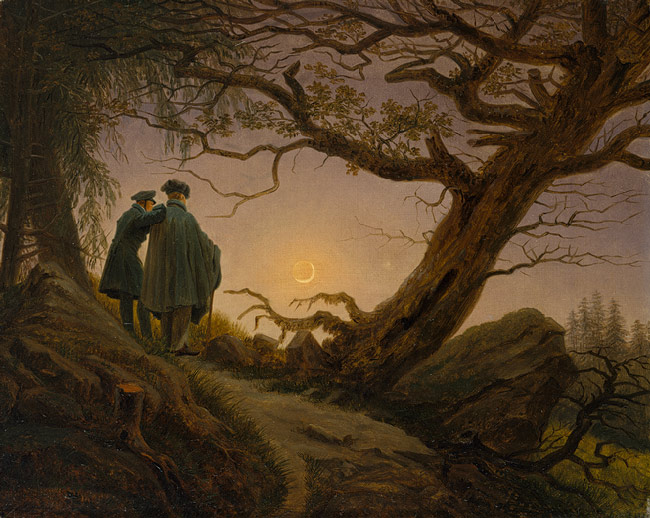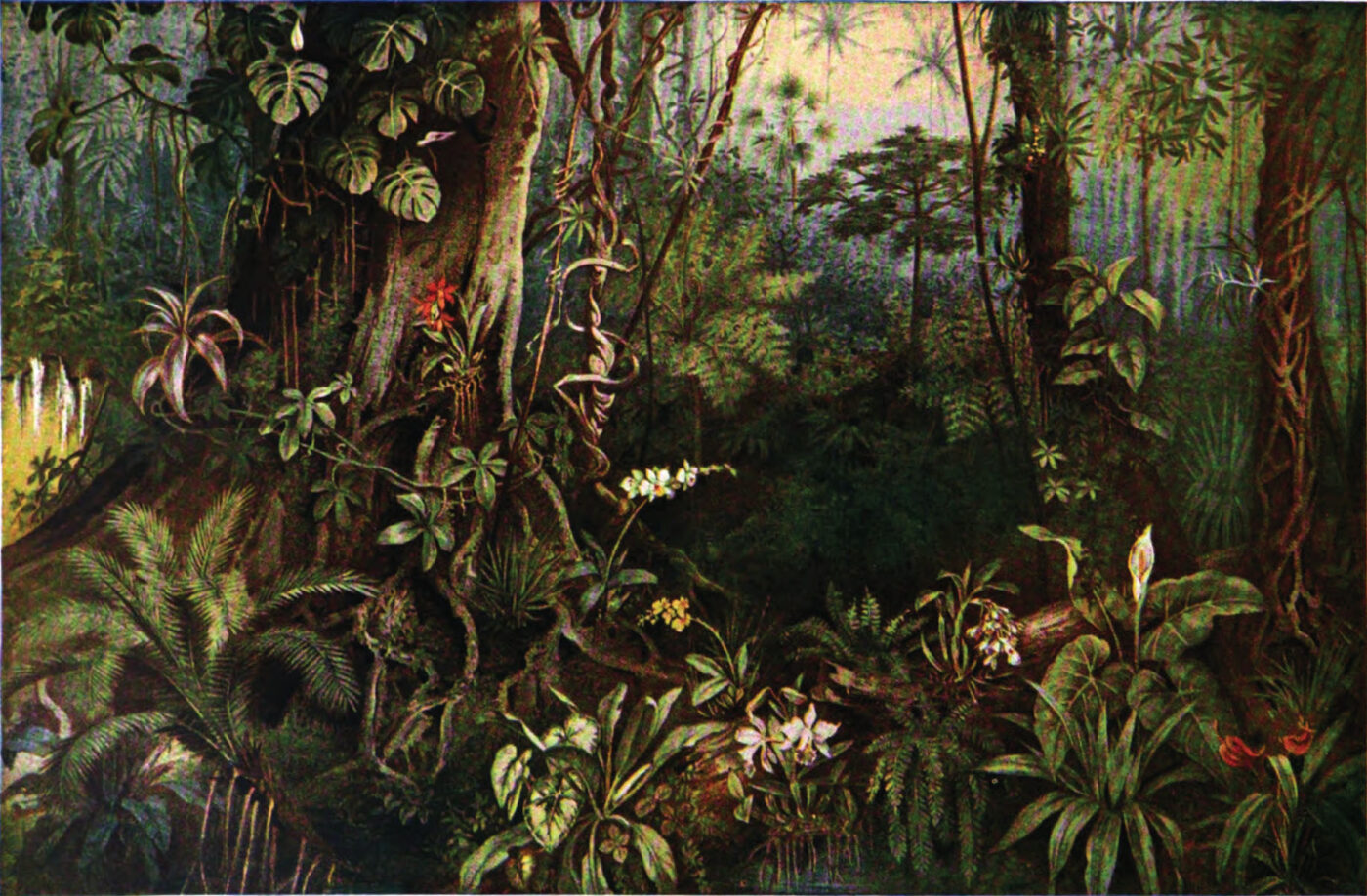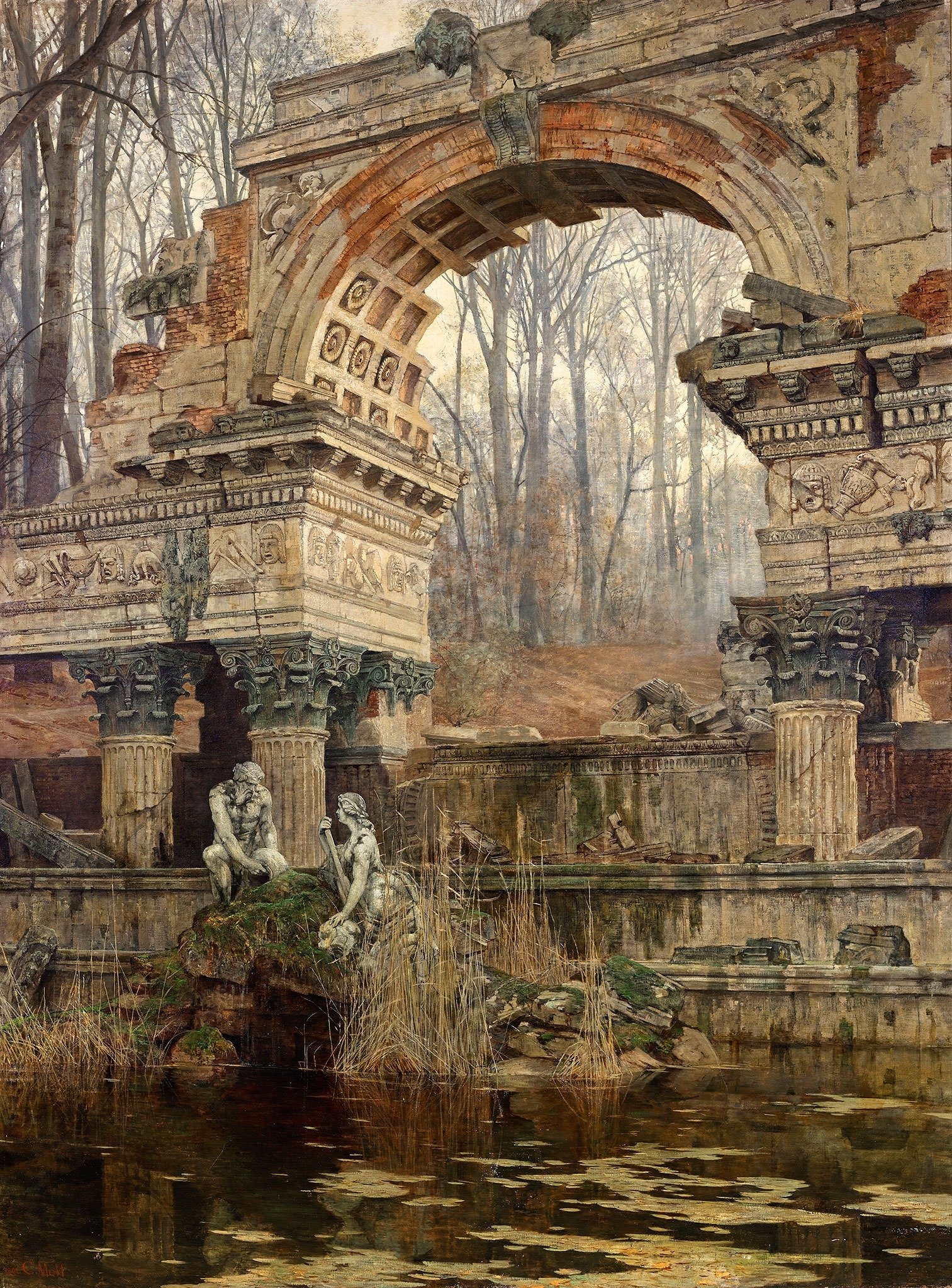
 he historic juggernauts and targets of what mental health treatments have continuously battled, in one form or another, are now almost universally encountered and experienced to some degree in in our modern life. Terms that are now used quite frequently, and ubiquitously, in our modern age to describe our inner state, responses, and even identify as a part of ourselves. When depression or anxiety are referred to and thought of in such an inherent manner it can at times lead to viewing them in a monolithic or eternal fashion, feeling that no matter what we employ against these behemoths they will stand unaffected. This view and resultant feeling can then further belie the complicated experiences of living with them and can prevent naturally exploring the deeper roots of these disruptive emotions and finding the vulnerable point in their armor.
he historic juggernauts and targets of what mental health treatments have continuously battled, in one form or another, are now almost universally encountered and experienced to some degree in in our modern life. Terms that are now used quite frequently, and ubiquitously, in our modern age to describe our inner state, responses, and even identify as a part of ourselves. When depression or anxiety are referred to and thought of in such an inherent manner it can at times lead to viewing them in a monolithic or eternal fashion, feeling that no matter what we employ against these behemoths they will stand unaffected. This view and resultant feeling can then further belie the complicated experiences of living with them and can prevent naturally exploring the deeper roots of these disruptive emotions and finding the vulnerable point in their armor.

The relationship between depression and anxiety reflects their distinct yet related nature of emotional disturbance. These disturbances to our mind and emotions don’t come from nowhere, tracking the history and experiences of these sensations can unearth and untangle the complications behind these two types of distinct disturbances and provide a path forward to a healthier relationship with oneself.




